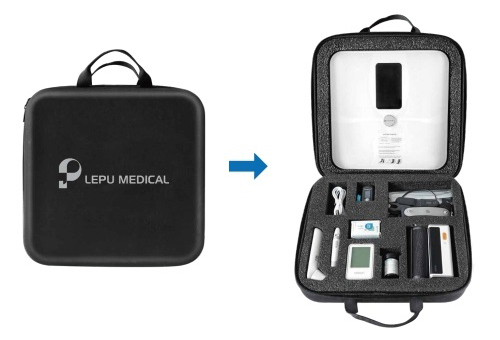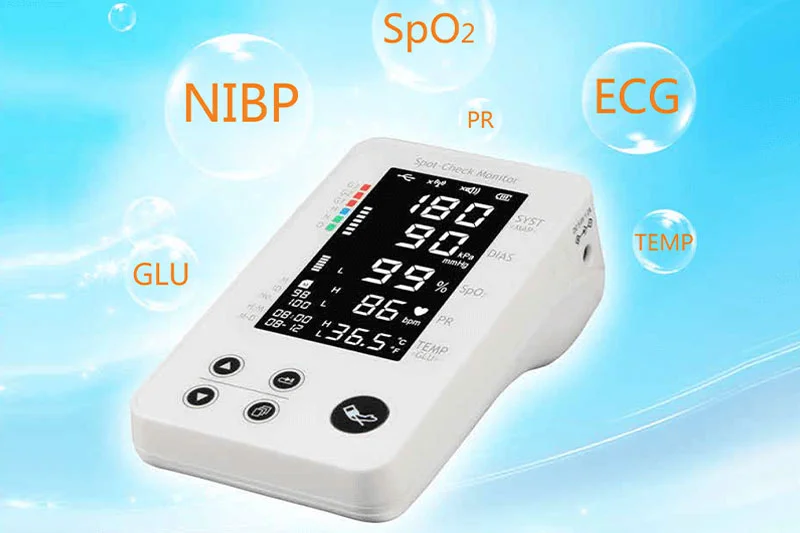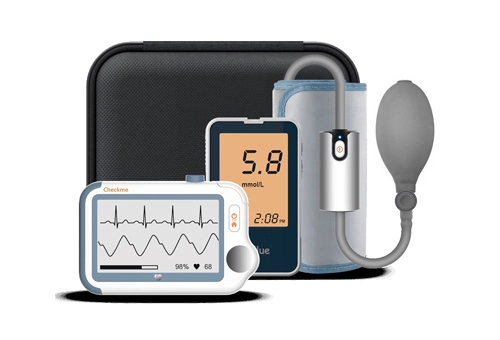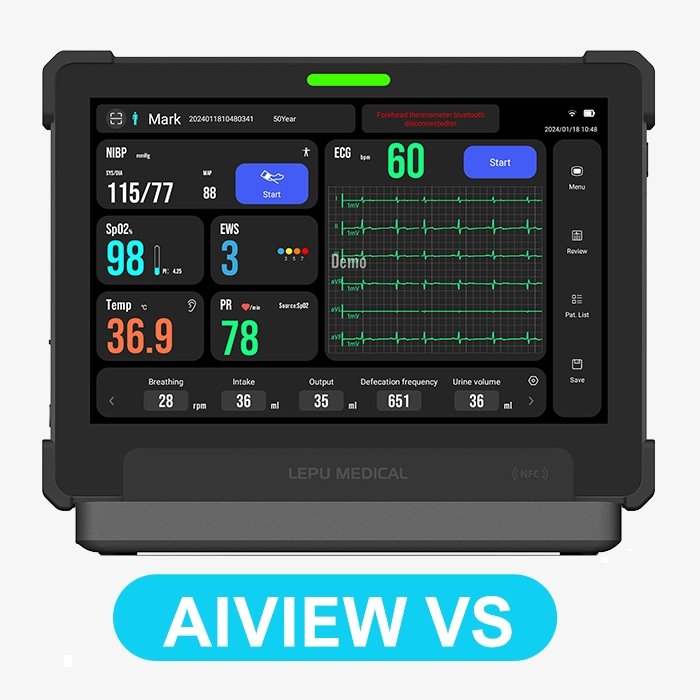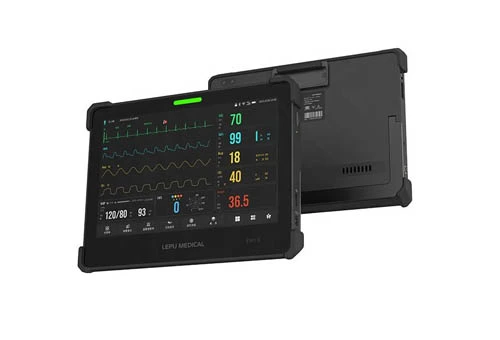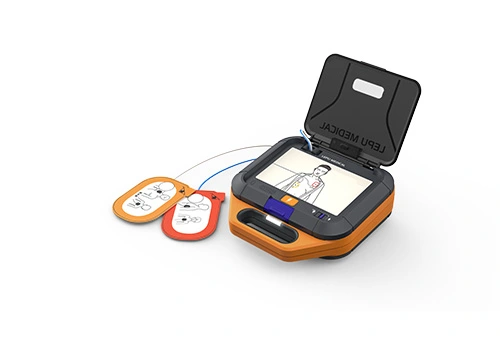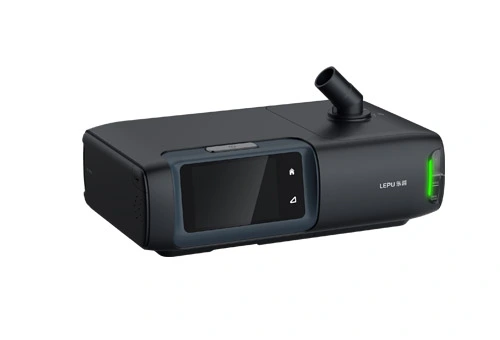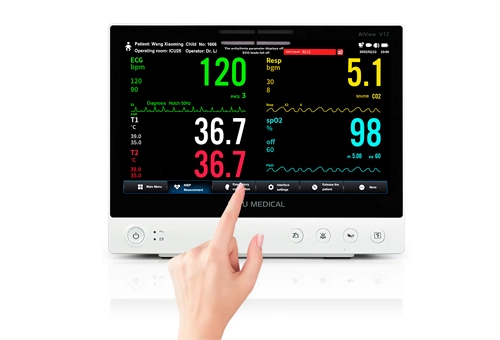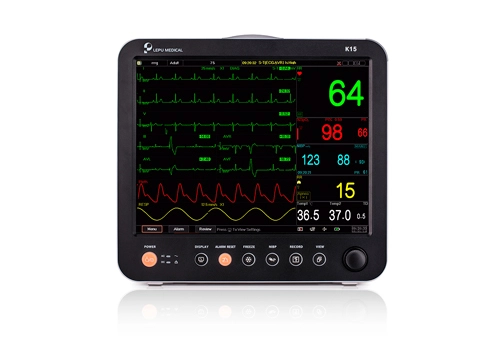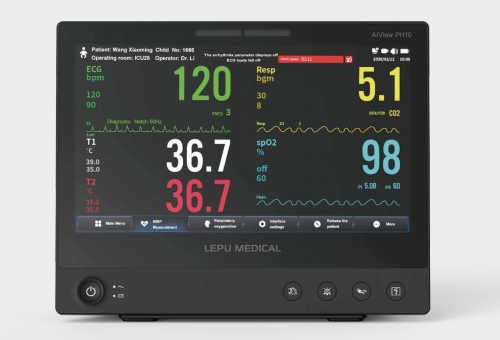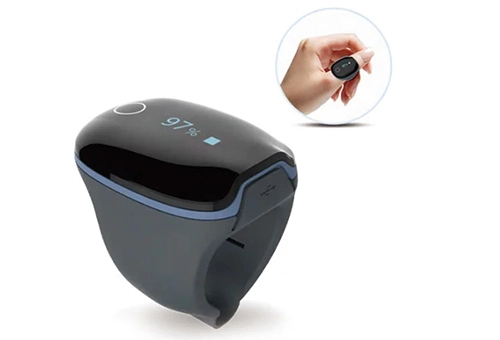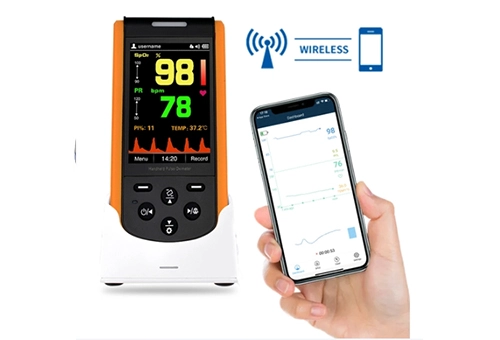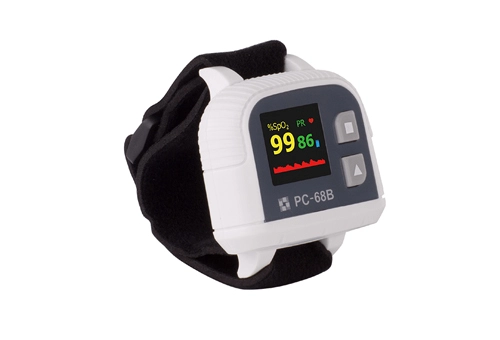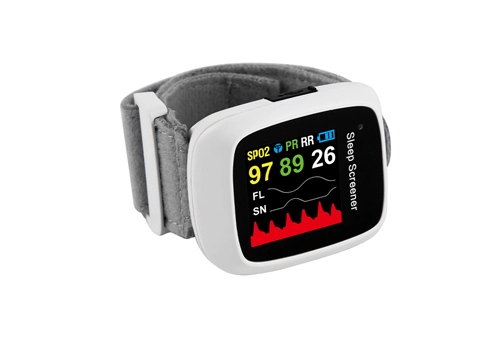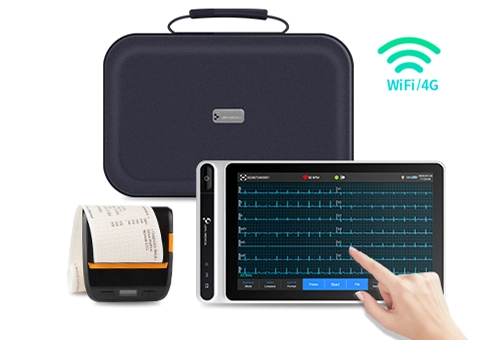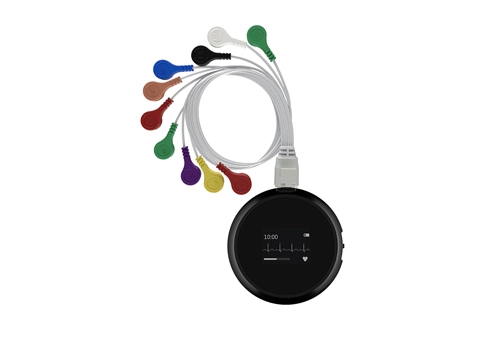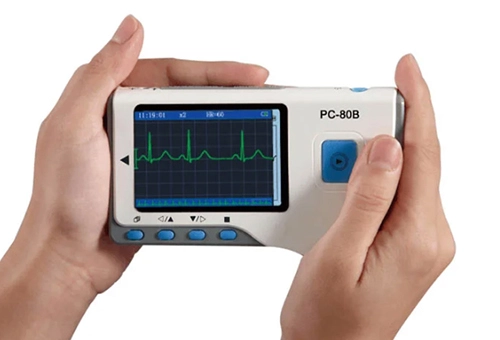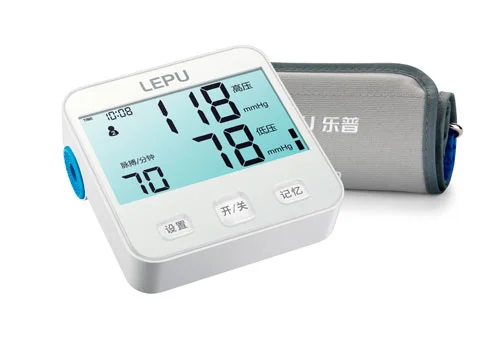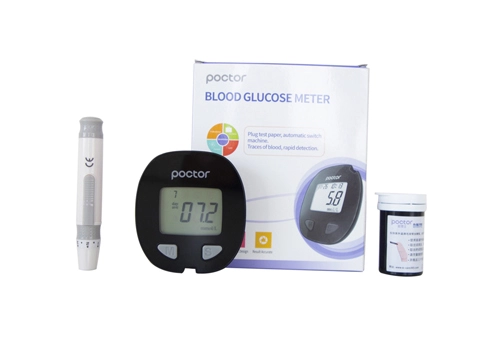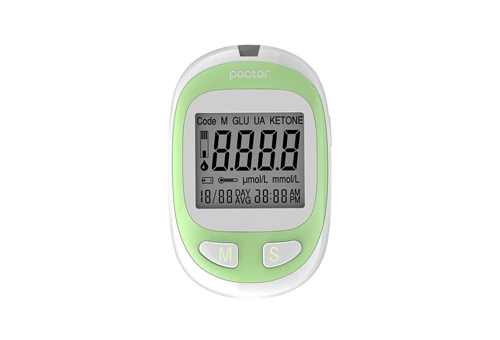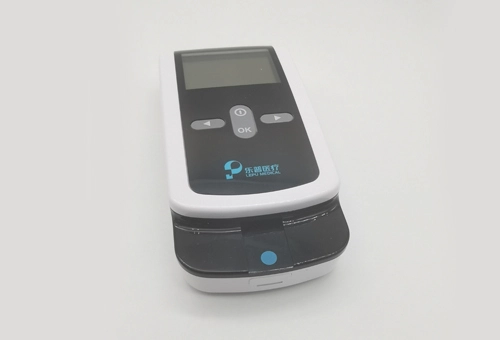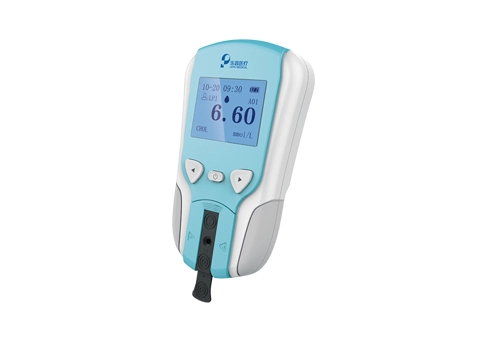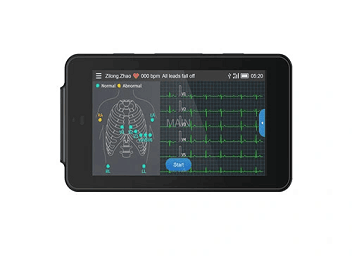Pulse Oximeters & Semi-Automatic LeAED Devices in Emergent Hospital Care
Understanding the Role of Semi-Automatic LeAED Devices and Pulse Oximeters in Emergent Hospital Care
Semi-automated Lead AED devices and pulse oximeters are two important pieces of medical equipment that are used in emergency care. AEDs, or automated external defibrillators, are devices that can be used to deliver an electrical shock to a patient's heart in order to restore normal rhythm in the event of cardiac arrest. Pulse oximeters, on the other hand, are devices that measure the level of oxygen in a patient's blood.
AEDs are designed to be used by emergency medical personnel, as well as trained laypeople, and are placed in public areas such as airports, stadiums and shopping centers. The device can quickly determine if a patient is in cardiac arrest and deliver a shock to the patient's heart if necessary. AEDs are intended to be used in the early stages of cardiac arrest, when the patient is still responsive and breathing.
Pulse oximeters are used to monitor the oxygen levels in a patient's blood.The ring oxygen monitor device is clipped to the patient's finger and measures the amount of oxygen being carried by the red blood cells. This information can be used to assess a patient's condition and determine if they are in need of supplemental oxygen or other medical interventions.
How Semi-Automatic LeAED Devices and Pulse Oximeters Improve Patient Outcomes in Hospitals
Semi-automatic LeAED device and pulse meter machine are two key medical technologies that are designed to improve patient outcomes in hospitals. These devices work together to ensure that a patient's heart rate and oxygen saturation levels remain within a safe range. A LeAED device is an automated external defibrillator (AED) that is equipped with a computerized algorithm that helps to identify abnormal heart rhythms and then automatically delivers an electrical shock to restore normal heart rhythm. A pulse oximeter is a device that is placed over the fingertip or earlobe to measure the amount of oxygen in a patient's blood.
When used together, these two devices help to monitor a patient's vital signs and provide critical information to medical staff. They can alert medical staff to any changes in a patient's vital signs and allow them to intervene quickly to prevent any serious health complications. These devices can also help to identify any underlying conditions, such as a heart attack, that may be the cause of the patient's symptoms.
The use of semi-automatic LeAED devices and pulse oximeters in hospitals can help to reduce the amount of time it takes to diagnose and treat a patient, as well as reduce the risk of medical errors. This portable patient monitor can lead to improved patient outcomes and a decrease in portable patient monitor costs associated with hospital care.
Cases of Application for Hospital Care
1. Monitoring of Chronic Conditions
Patients with chronic diseases can have their vital signs, such as heart rate, respiration rate, and oxygen saturation, monitored with semi-automatic LEAD D and pulse oximeters. This makes it easier to spot deterioration early on and respond appropriately.
2. Medication Evaluation
How well a patient is responding to treatment may be determined using semi-automatic pulse oximeters and LEAD D meters. It is possible to tell if a medicine is working as intended by checking vital signs both before and after administration.
3.Preoperative supervision
Monitoring vital signs including heart rate, breathing rate, and oxygen saturation in pre- and post-operative patients is possible with the use of semi-automatic LEAD D and pulse oximeters. This aids in early detection of complications' warning indications.
4. Infant Monitoring
Semi-automatic LEAD D and pulse oximeters can be used to monitor vital signs in infants. This helps to detect signs of distress early and take appropriate action.

